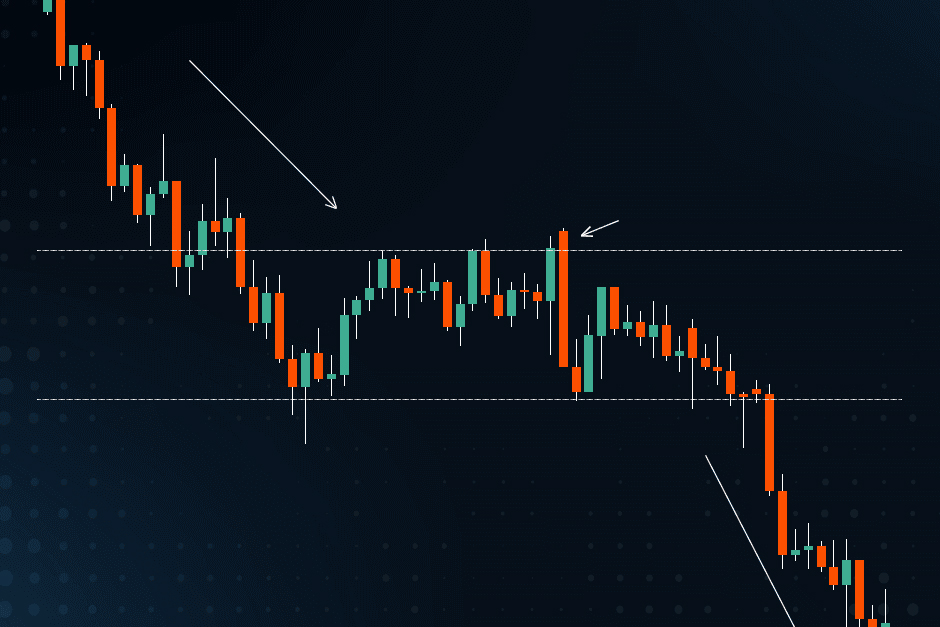The financial markets often present moments that grab our attention, none more so perhaps than when a price chart seems to pivot dramatically at a point we’ve identified as significant. This phenomenon, often described as the market “turning around at a key level,” can be both exciting and perplexing. For many, it immediately raises the question: what comes next, and how should one respond?
Understanding Key Levels and Market Turns
First, let’s clarify what we mean by a “key level.” These are price points on a chart that have historically demonstrated strong reactions from buyers or sellers. They often manifest as areas of support, where buying interest tends to emerge, preventing further declines, or resistance, where selling pressure increases, halting further rallies. They can also be psychological round numbers, significant previous highs or lows, or levels identified through technical tools like Fibonacci retracements or moving averages. When the market approaches such a level and then reverses direction, it’s considered a “turnaround.”
A turnaround at a key level can signal several things. It might indicate that the prevailing trend is losing momentum and a reversal is imminent, or it could suggest that the market is simply pausing before continuing its original direction. For example, a strong rally hitting a significant resistance level and then pulling back might suggest that buyers are exhausted, or it might simply be a brief profit-taking phase before another push higher. Conversely, a bounce off a strong support level could indicate renewed buying interest or just a temporary relief rally in a broader downtrend.
The Importance of Context and Confirmation
While a turnaround at a key level is undeniably an interesting development, it’s crucial to consider it within a broader context. A single price rejection or bounce, in isolation, rarely tells the whole story. Experienced participants often look for confirmation before making significant adjustments to their outlook or positions.
Confirmation might come in various forms: increased trading volume accompanying the turn, a clear candlestick pattern forming at the level, or perhaps the confluence of multiple technical indicators aligning with the price action. For instance, if a market turns down from resistance on high volume, and several momentum indicators also begin to point lower, it adds more weight to the idea of a genuine reversal.
It’s also essential to be aware of “fake-outs” or “false breakouts.” These occur when the market appears to break a key level or turn, only to quickly reverse course and move back in its original direction, trapping those who acted too quickly. As one seasoned analyst, Dr. Eleanor Vance, recently noted, “A market signal is just that – a signal. It’s the confirmation and the surrounding narrative that truly turn it into an actionable insight.” This highlights the importance of patience and analytical rigor.
Reframing Your Approach: Observation and Strategy Alignment
When you observe the market turning around at a key level, your initial step isn’t necessarily to act, but to observe and assess. Consider your own investment or trading strategy. Does this market action align with your existing plan? Is it a trigger for a planned entry, exit, or adjustment, or is it an anomaly that requires further monitoring?
Review your risk management parameters. If the market is indeed showing signs of a reversal, how does this impact your current positions? Are you comfortable with the potential downside if the turnaround proves to be a false signal, or the potential upside if it’s genuine? Understanding your personal risk tolerance and ensuring your strategy accounts for such market shifts is paramount. This moment is an invitation to re-evaluate, not necessarily to react impulsively.
In essence, a market turnaround at a key level is a significant event that warrants attention. However, it’s not a definitive instruction. It’s a prompt for deeper analysis, a search for confirmation, and a careful alignment with your personal strategy and risk framework. The market is constantly evolving, and these pivot points are simply chapters in its ongoing story, inviting thoughtful consideration rather than immediate reaction.




